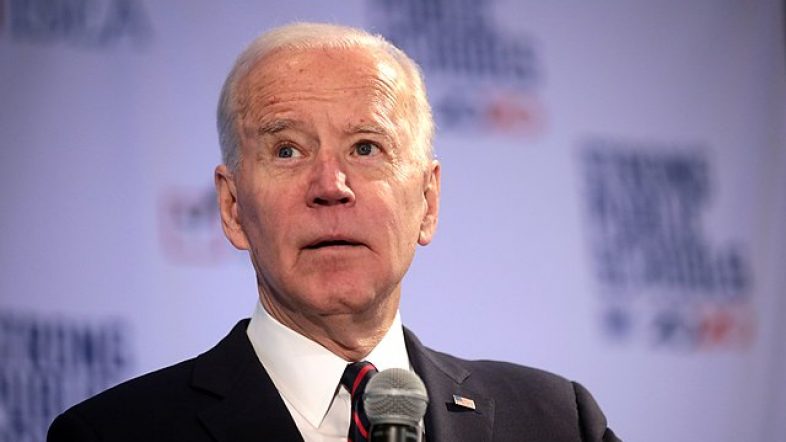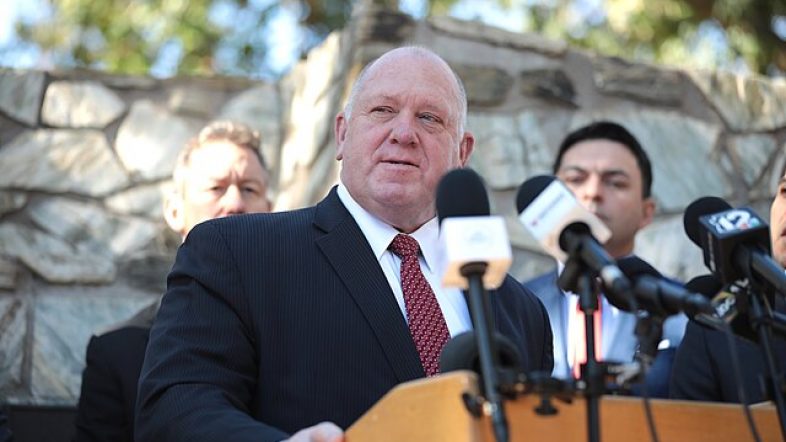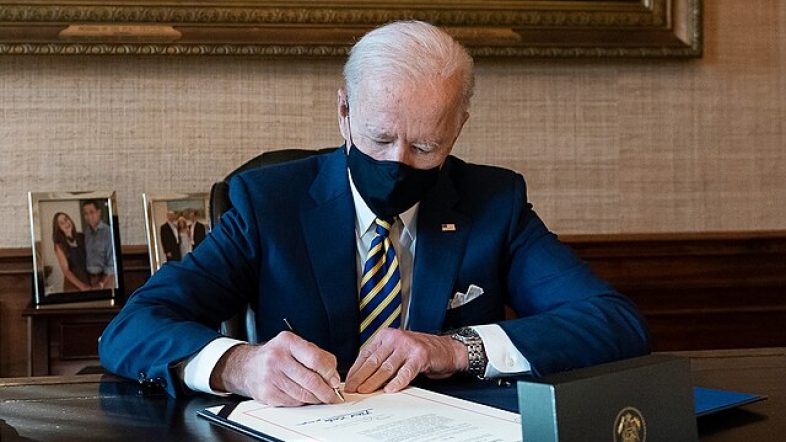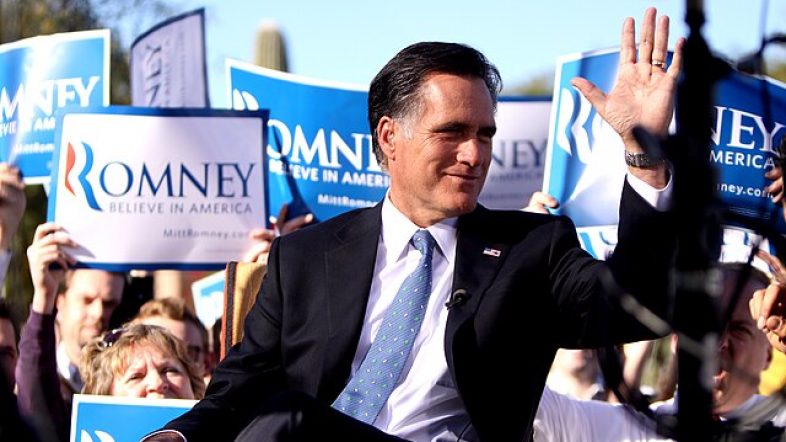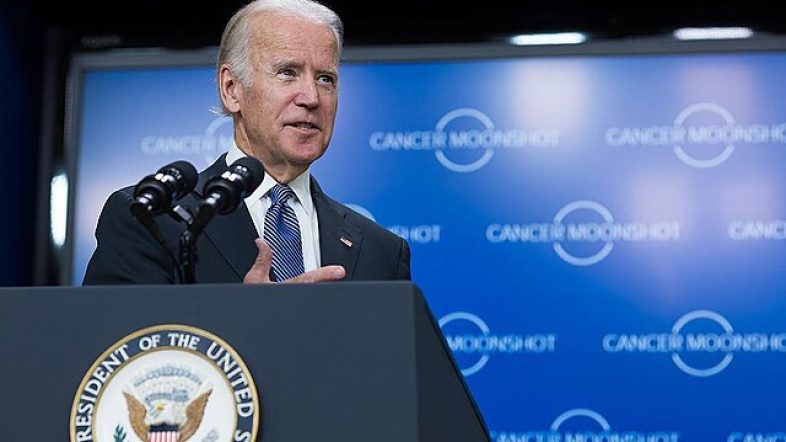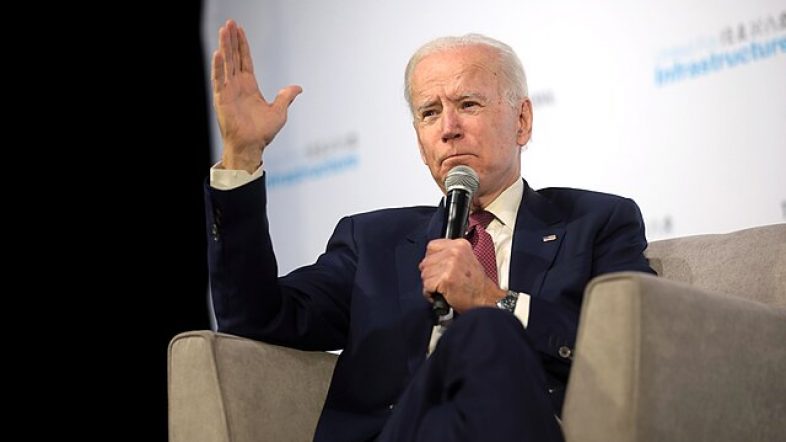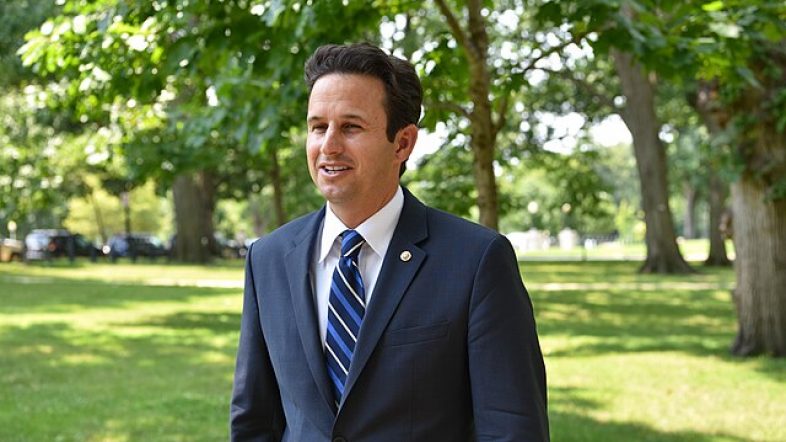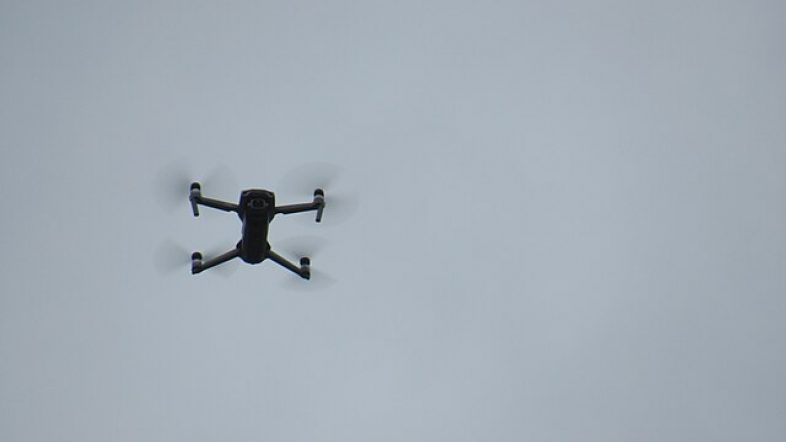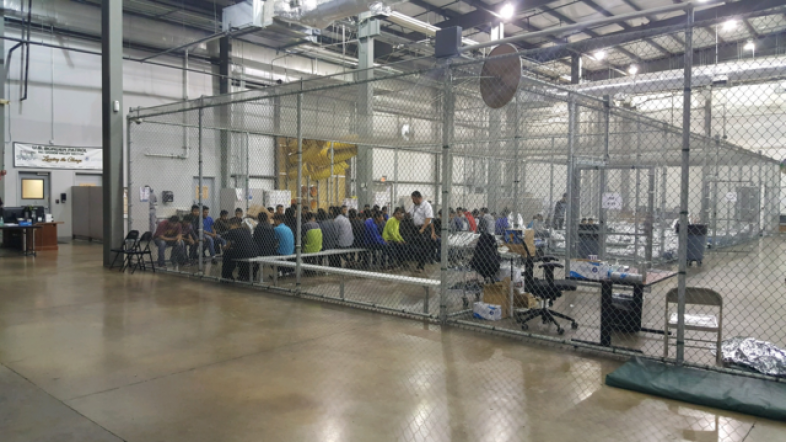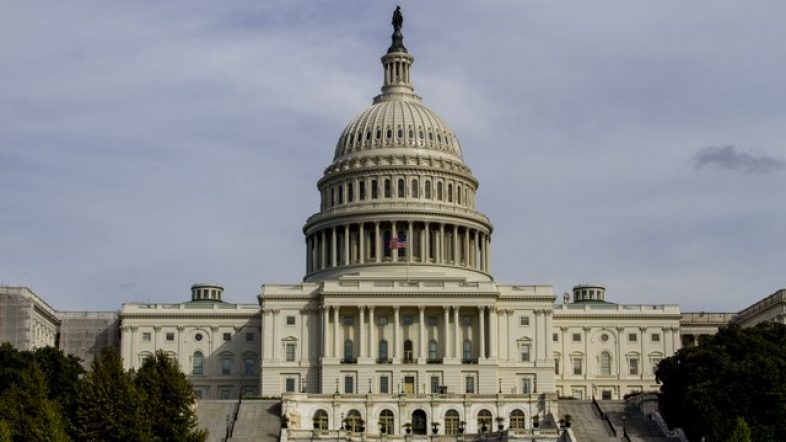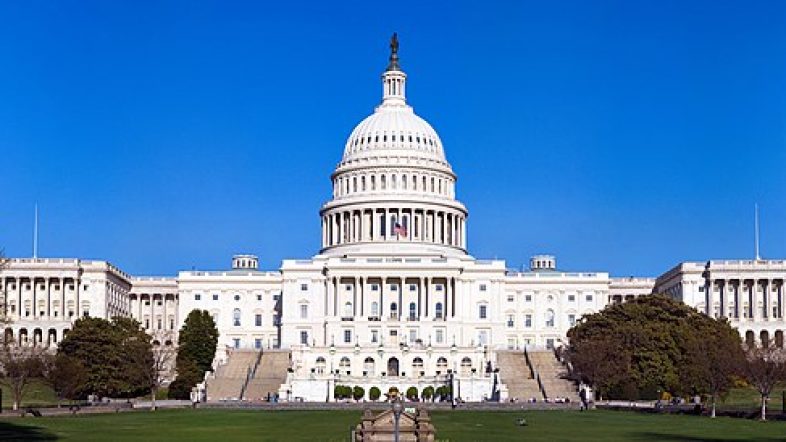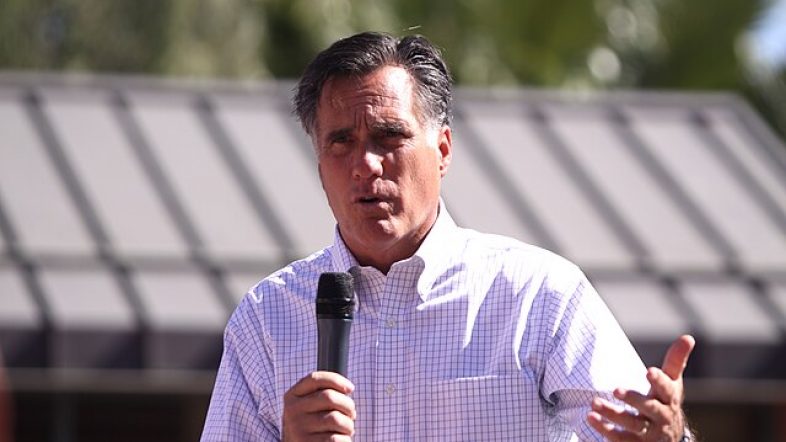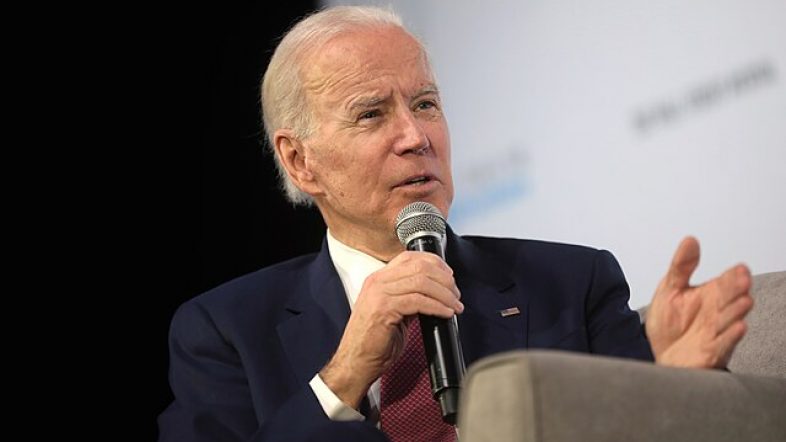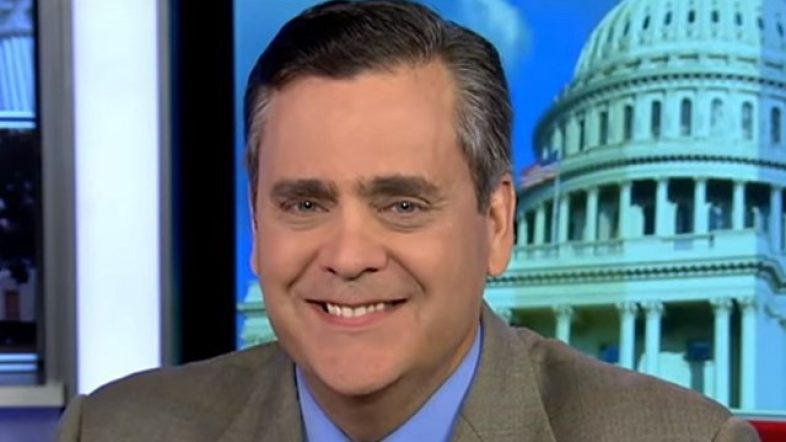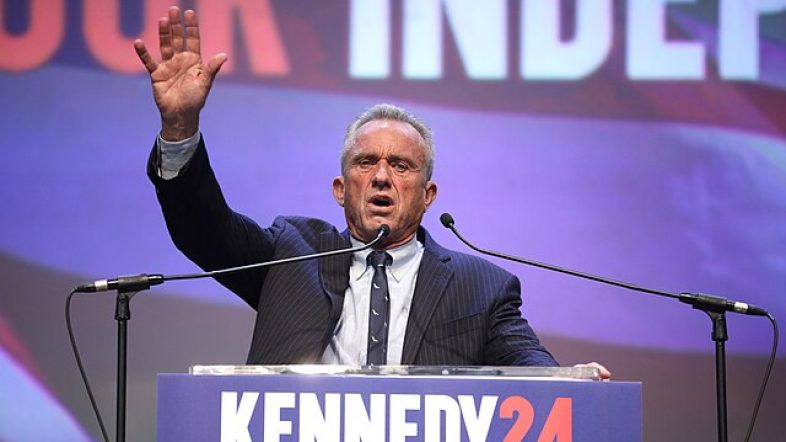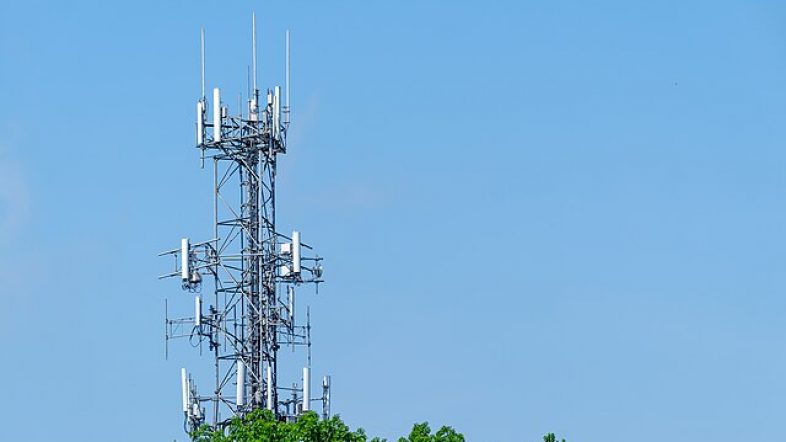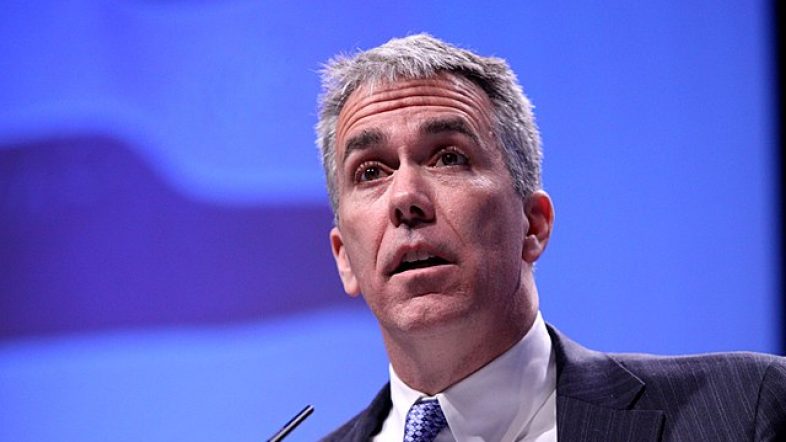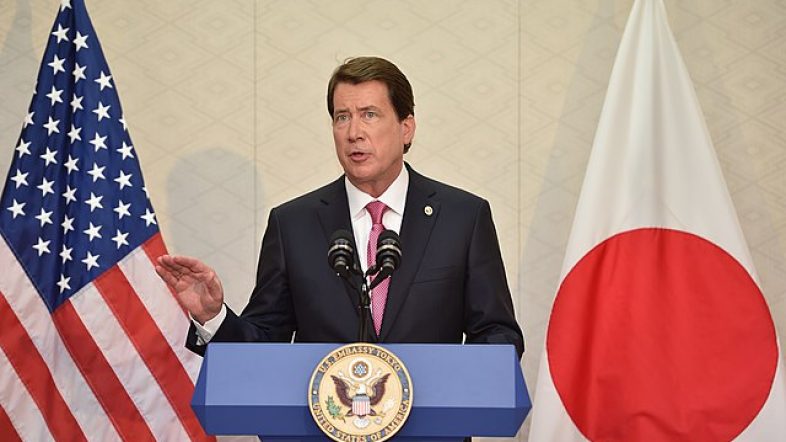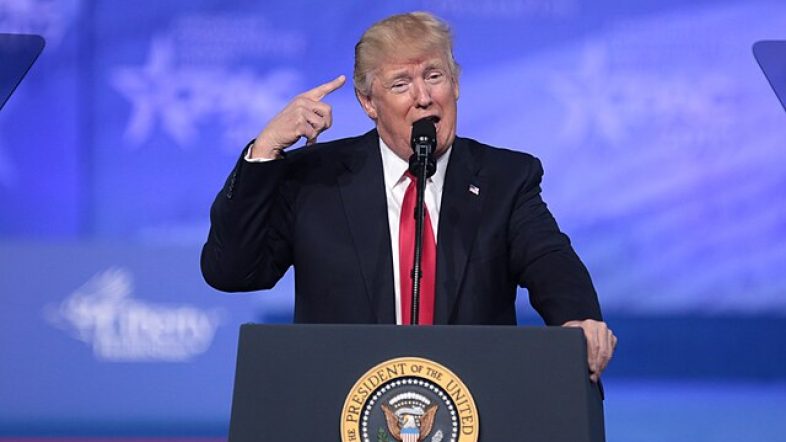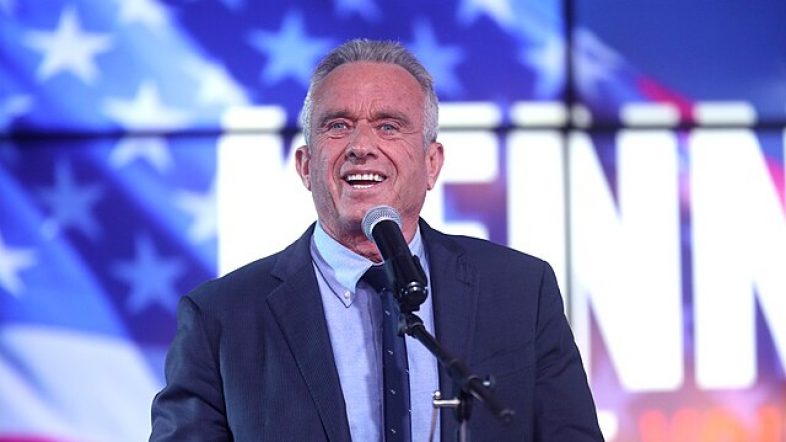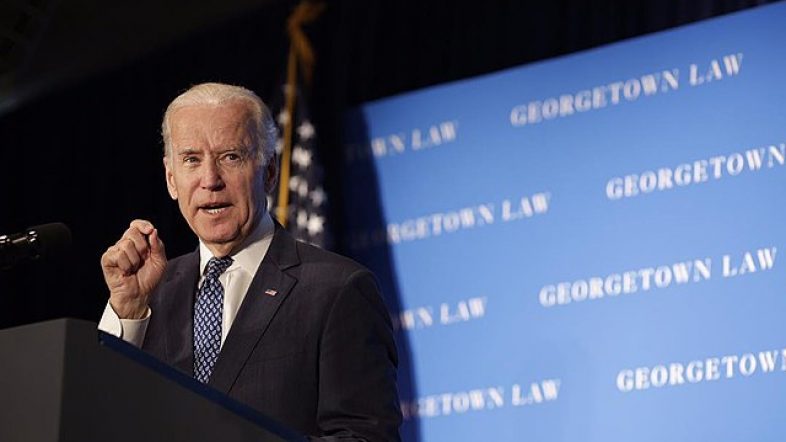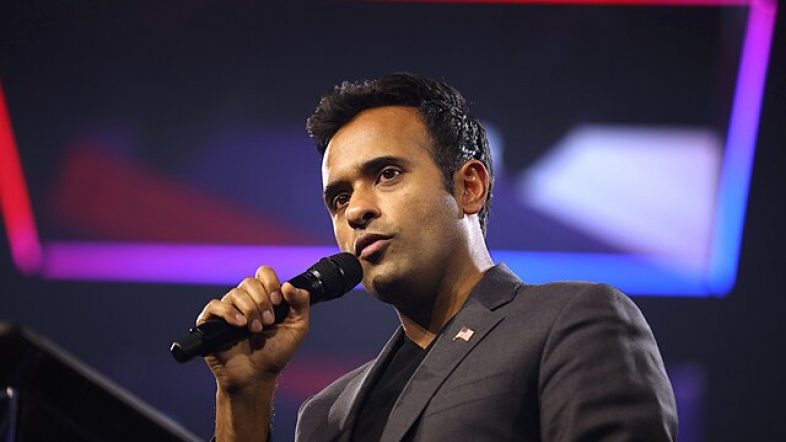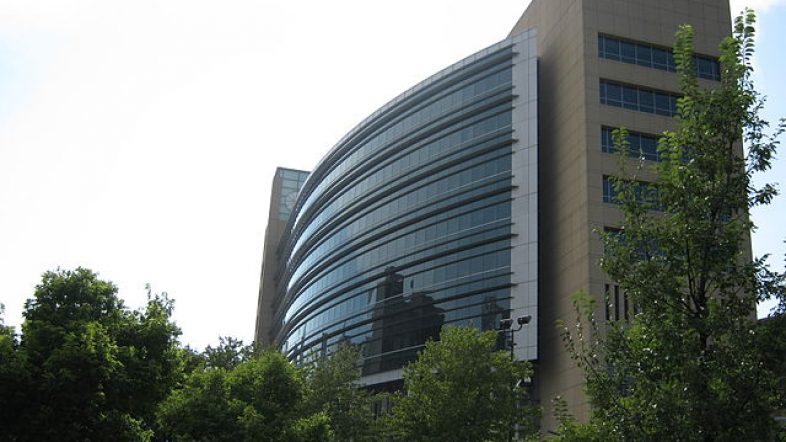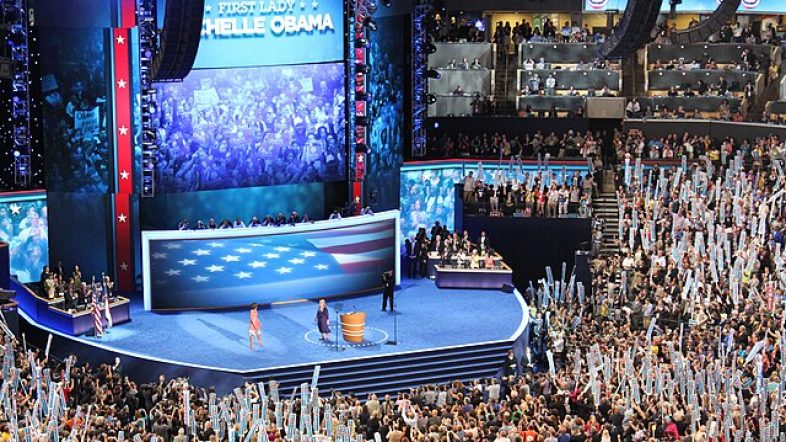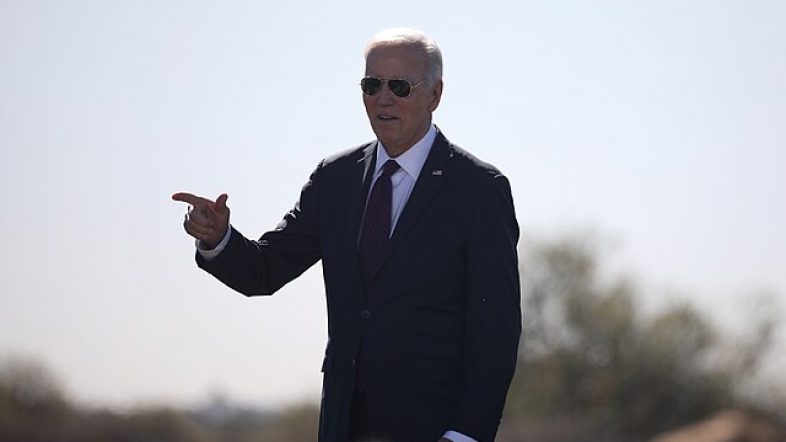Former Federal Reserve economist Claudia Sahm, who established the “Sahm Rule,” which has accurately predicted past recessions, warned the economy is on a concerning trajectory following a poor jobs report on Friday.
The “Sahm Rule” is an indicator of the onset of a recession and occurs when the three-month unemployment rate average increases by 0.5% or more compared to the lowest three-month average from the past year, according to the Federal Reserve Bank of St. Louis. Sahm on “Bloomberg Surveillance” responded “it triggered” when host Tom Keen asked if “the Sahm rule is in force at this moment,” due to new data from this month’s jobs report.
WATCH:
The U.S. added 114,000 nonfarm payroll jobs in July, which was less than the 175,000 jobs economists had anticipated, and the unemployment rate ticked up to 4.3% when it was expected to remain stable at 4.1%. The unemployment rate was 3.5% in July 2023.
“That puts it up over its half a percentage point threshold, noting that comes off of historical experience, that doesn’t necessarily tell us where we are right at this moment, saying a recession,” Sahm said. “This has seen way too much momentum in the unemployment rate in recent months. I mean, 4.3%, right? … Whether we are at that moment of a recession or not, this is your build into substantial weakening in the labor market, right? … All is not lost … We should never panic. There are policy tools, there are levers.”
“I don’t overread one data point, but this isn’t one data point. So I think the case now for, hey, we’re normalizing, we did need to slow things down some, probably, generally speaking,” she continued. “But now the question is, okay, so we’ve had enough slowing here. What levels this out? And that, I think, I don’t have the answer for that.”
The “Sahm Rule” has accurately forecasted each recession since 1970, according to Fox Business.
“We have had a lot of disruptions in the labor force … Even going back to the beginning of the pandemic, millions of people dropping out and then we had labor shortages and then we had larger immigration coming in,” Sahm said. “This has just been a lot. And we all know … adjustments can be hard if they are big and sudden. And we’ve had a lot of that. And so this is absolutely in there in these increases in the unemployment rate. We are still working through disruptions.”
“Underneath that is also a much more typical, pernicious, not good increase in the unemployment rate of just there’s less demand for workers,” she added. “And when workers don’t have paychecks, they can’t spend and then that’s the momentum that gets going … The volume has turned up louder than usual on the ‘Sahm Rule.’ So I don’t look at this and, big picture, say we are in a recession, but I look at this and I say … we’re not headed in a good direction at all.”
Continued elevated inflation has hurt businesses’ ability to hire, measuring 3.0% year-over-year in June, well above the Fed’s target of 2%. Inflation has increased prices by over 20% since President Joe Biden assumed office in January 2021.


